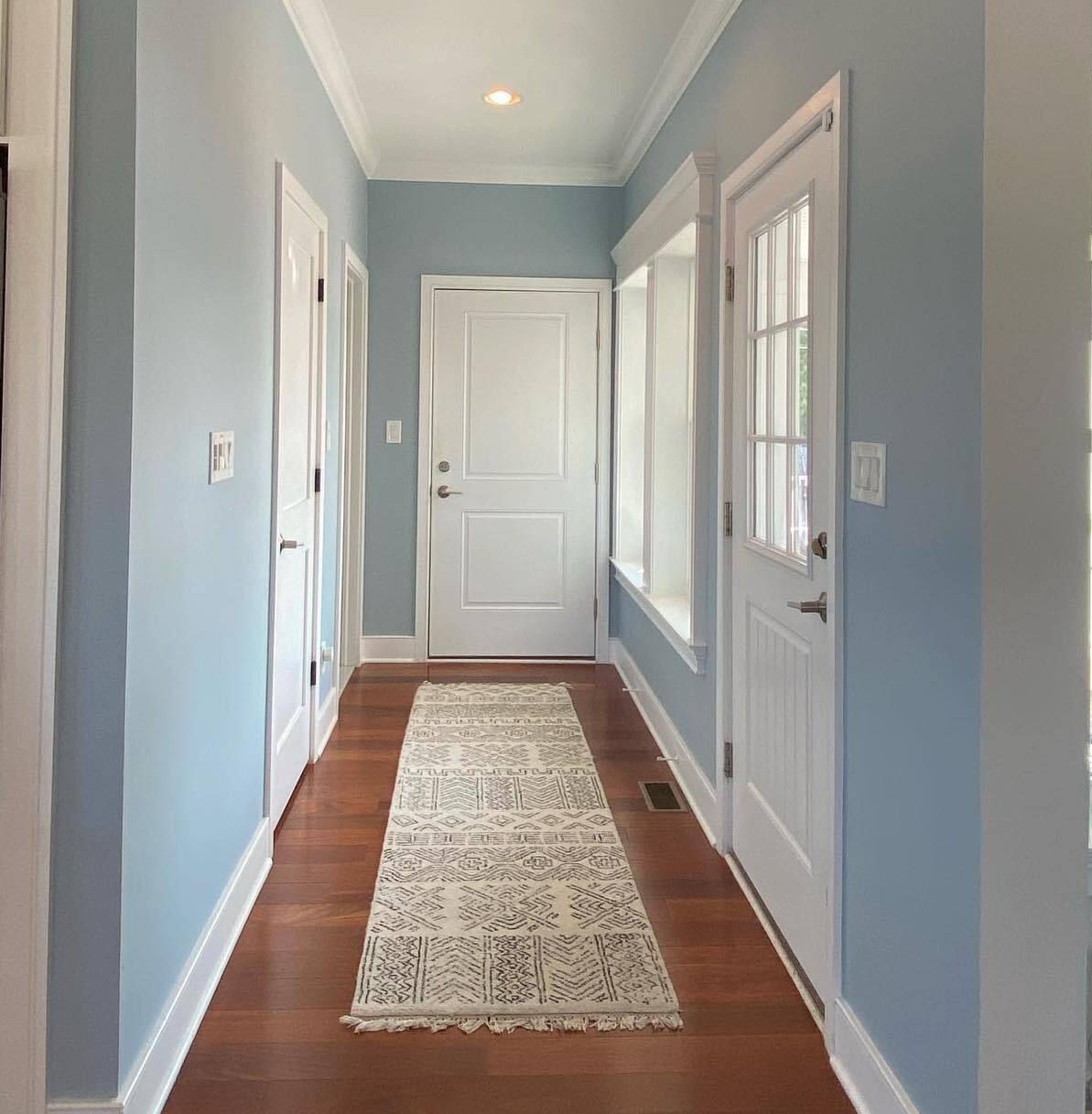Elevate Your Living Environment Through High Quality Color Appointment
The significance of shade in our living rooms expands beyond simple visual appeals; it greatly influences our feelings and overall well-being. Involving a specialist shade consultant can change your atmosphere, customizing shade systems that resonate with your character while boosting functionality and comfort.
Comprehending Shade Psychology
Shade psychology is regularly considered a pivotal element in understanding human behavior and emotions. The influence of shade expands past plain aesthetics; it can significantly affect mood, assumption, and also decision-making procedures. Each color evokes distinct emotional feedbacks based upon social context and personal experiences. Warm shades like red and orange tend to boost power and enjoyment, while awesome shades such as blue and environment-friendly are commonly connected with calmness and peace.
Additionally, the psychological effect of color can vary across different atmospheres. In a workplace, for instance, blue tones might enhance performance and focus, while softer tones like off-white can promote a feeling of comfort and relaxation. Conversely, excessively bright colors can lead to feelings of frustration or stress and anxiety.
Recognizing color psychology is crucial for efficient shade assessment, as it permits professionals to customize their referrals to align with the designated psychological and functional goals of a room. By considering private choices and emotional associations, specialists can produce unified settings that foster wellness and improve total quality of life (Lakewood Interior Painting). This understanding functions as a foundational component in the art and scientific research of shade application in various settings
Benefits of Expert Examination

In addition, an expert specialist can examine your unique living atmosphere, thinking about aspects such as all-natural light, room dimensions, and existing furnishings. This customized strategy ensures that shade selections balance with the overall design, developing a natural look that could be difficult to attain individually.
Time effectiveness is one more key advantage. Professionals improve the decision-making process, aiding clients avoid the frustrating variety of options. They can also prepare for prospective challenges, such as shade clashes or undesirable results, and supply services prior to application.
Furthermore, a specialist examination can enhance the worth of your residential or commercial property. Well-executed shade options can elevate an area's appeal, making it a lot more attractive to possible buyers. In recap, professional color appointment not only boosts appearances however additionally enriches the living setting and sustains educated decision-making.
Choosing the Right Color Pattern
Choosing the right color pattern is critical for accomplishing an unified and welcoming atmosphere. Shades evoke emotions and established the tone for a space, influencing how people communicate and perceive within it. When picking a color design, take into consideration the function of the space, the wanted mood, and the existing architectural attributes.
Begin by recognizing a color combination that reverberates with your vision. Popular selections include monochromatic plans, which use differing tones of a single shade, and corresponding systems, which couple colors from opposite sides of the color wheel. Furthermore, similar systems, including colors next to each various other, can produce a natural appearance.
It is necessary to examine shades in the real space, as illumination problems can dramatically modify their look. Paint examples on walls enables for a real-world analysis of just how shades connect throughout the day. Furthermore, consider the balance between bold colors and neutral tones to ensure visual interest without overwhelming the senses.
Inevitably, a well-balanced color design can transform a space, producing an environment that is not only cosmetically pleasing yet comfortable and additionally practical for its passengers.
Integrating Color With Layout Components

Textiles play an essential duty in color integration. Fabrics such as drapes, rugs, and furniture ought to reflect the primary scheme, while also presenting secondary shades to improve the design. Layering structures, such as combining smooth and harsh surface areas, can intensify the color's effect.
Accessories, including art work, attractive objects, and plants, must be selected to resemble the shade choices throughout the space. A well-curated plan can link disparate components, ensuring that each piece feels willful and linked. Take into consideration the psychological impacts of color; for instance, blues and greens can advertise harmony, while cozy hues like reds and yellows can energize an area. Eventually, the cautious combination of shade with style components boosts the living setting, creating a space that is both aesthetically pleasing and functional.
Tips for Preserving Your Color Choices
Regularly analyzing and upgrading your shade options is vital for preserving a lively and natural design. Begin by periodically evaluating the shades in your area against current trends and individual preferences. Take into consideration the emotional effect of your picked combination; Read Full Report colors can stimulate different sensations and should straighten with the designated atmosphere of each room.
Following, guarantee that your colors remain regular across various components of your style. This consists of furnishings, artwork, and devices. Lakewood Interior Painting. Mixing way too many tones can cause visual disorder, so choose a color design that permits adaptability while still maintaining unity
Make use of sample boards or electronic devices to imagine just how colors connect with one another in various illumination problems. Keep in from this source mind, natural light can significantly change the understanding of color.
In addition, do not shy away from tiny updates to refresh your space. Keep a color journal that notes your choices over time; this will certainly help in future appointments and guarantee your color choices remain relevant.
Final Thought
In conclusion, the assimilation of color psychology right into living environments substantially improves both aesthetic charm and psychological well-being. By choosing suitable shade plans and harmonizing them with layout aspects, a balanced and functional area can be achieved.
